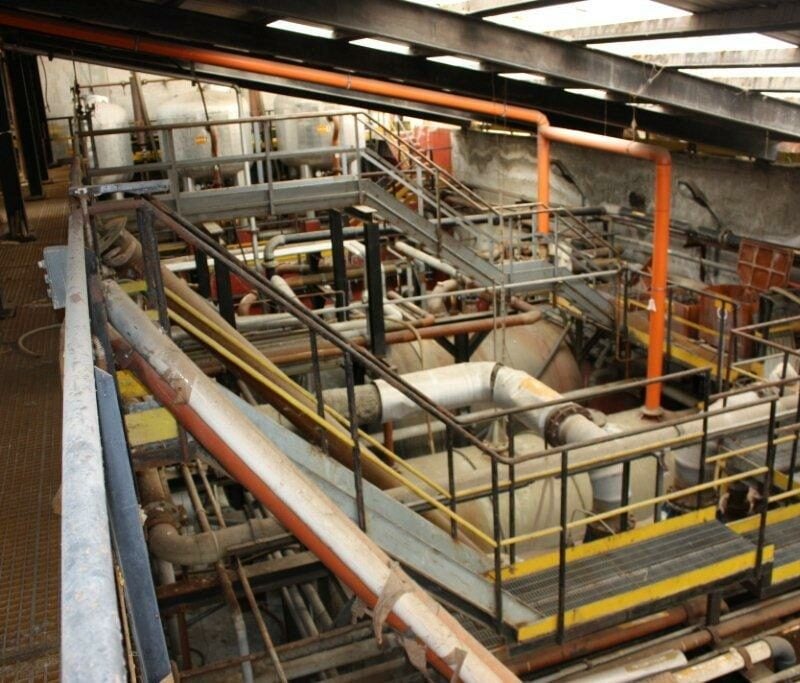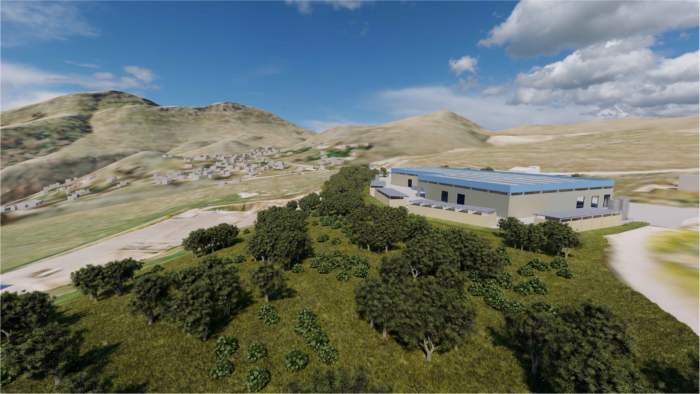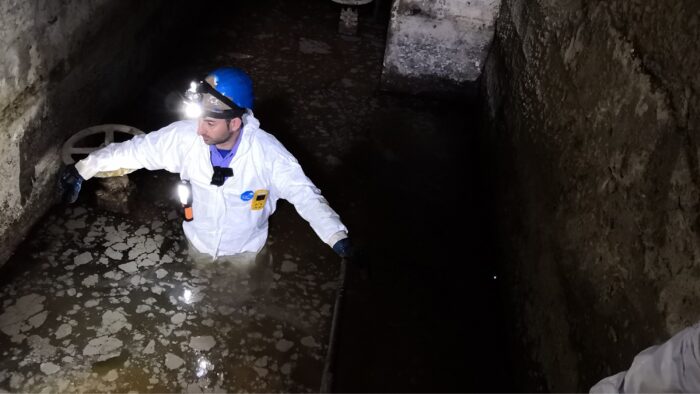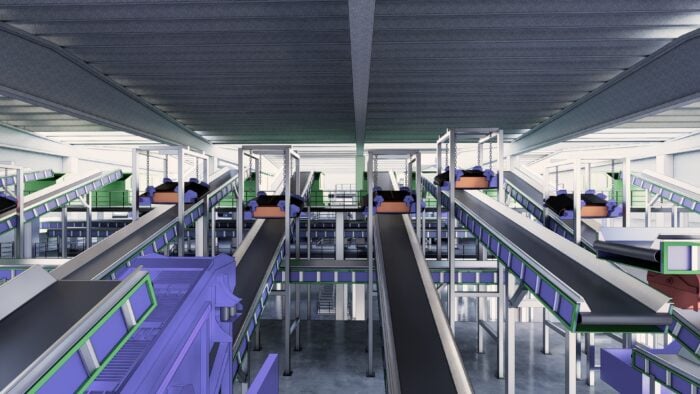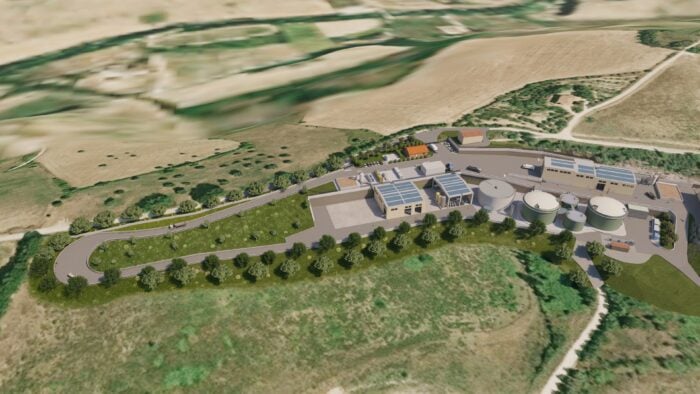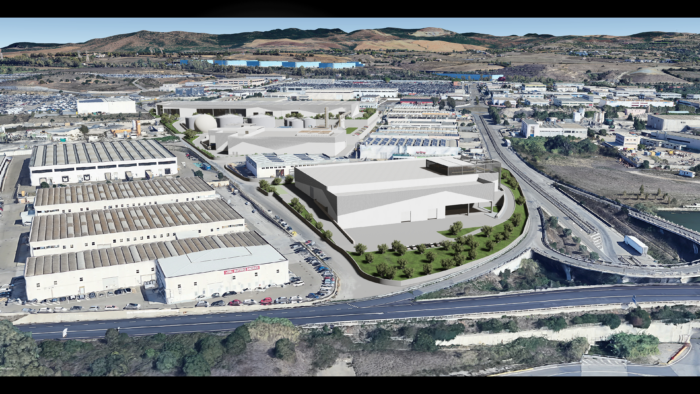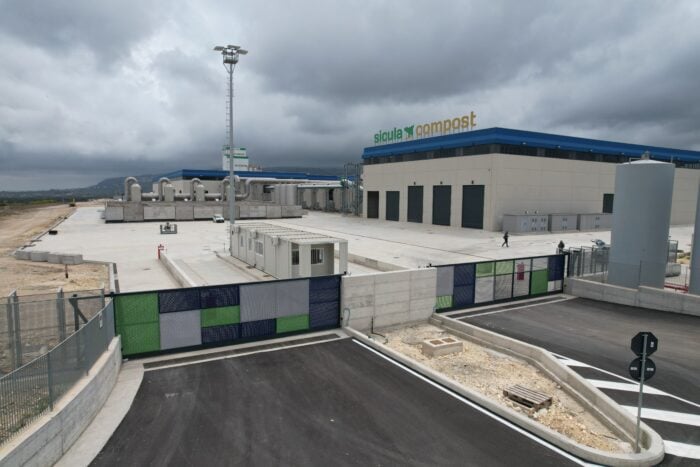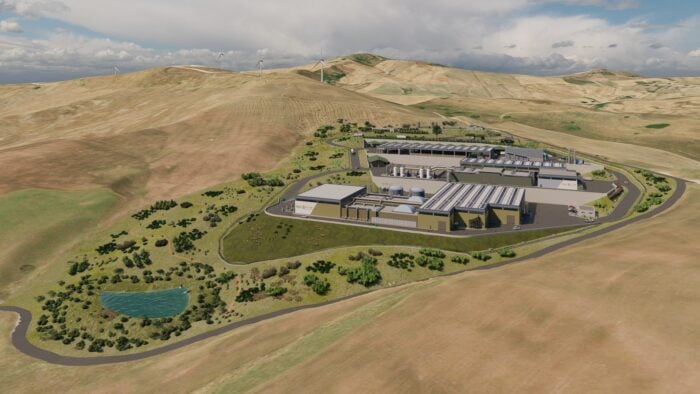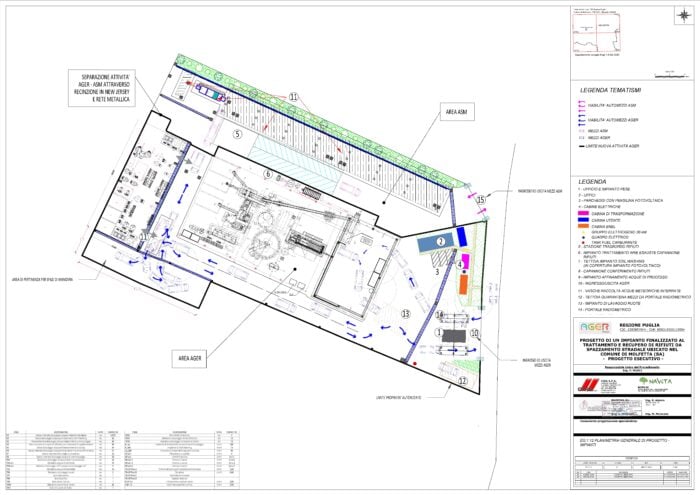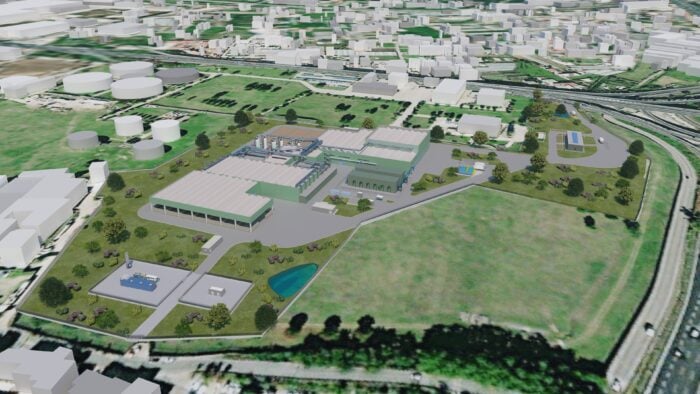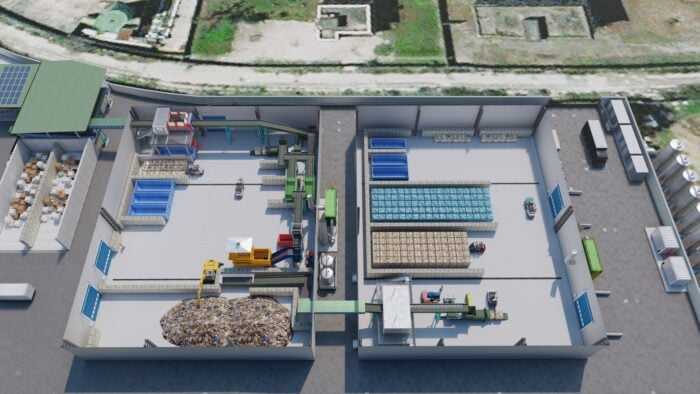The ex-SNIA Viscosa plant, in Rieti, was built in 1928 as an avant-garde center
for the production of artificial fibers in viscose rayon, a yarn which was able to
replace various types of fabric, such as silk and cotton, thanks to its versatility.
Viscose rayon was largely used to produce both fabrics and knitwear. The
factory, however, after various vicissitudes and after an irreversible crisis, ceased
production in the early eighties, although some buildings remained active until
the end of 2006.
After the cessation of the production some areas of the plant have been “made
safe” for the part related to plant sections:
- Depletion of plant components from liquids used for the process;
- Disconnection of electrical and electronic parts;
- Interruption of the paths of transfer of liquids used for the process;
- Protection of the storage of hazardous materials, etc.
Part of the site has already been made safe and has been object of remediation
for the return of the area to commercial or industrial uses. However, there are
still scattered refuse of various kinds (scattered solids and liquids in tanks), as
well as plant parts to be divested and dispose or recover. From 2010 to 2013 all
the operations necessary for the permanent safety have been carried out in order
to avoid possible contaminations of the environmental matrices. In particular
asbestos-containing materials were removed and disposed and storage of carbon
disulfide (substance used in the production of viscose and highly flammable
even at low temperatures) has been emptied, hardened and disposed. Waste
disposal overground are still ongoing with the final steps and site-specific risk
analysis will be developed, as well and final remediation project.


